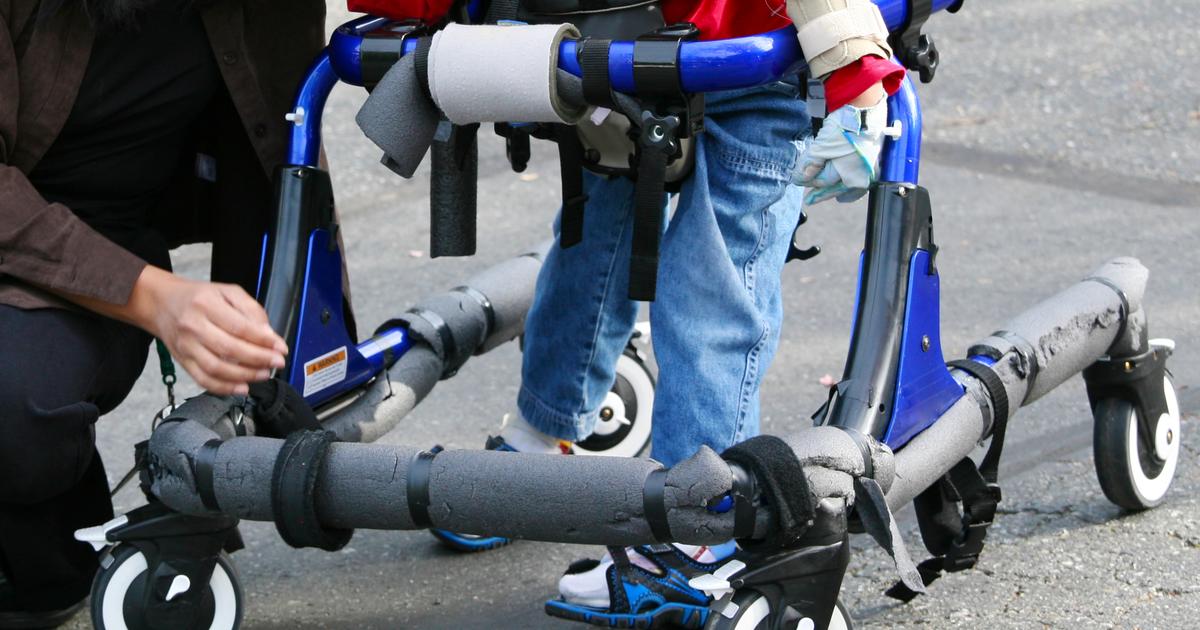Guide To Serious Nervous System Disorders
Cerebral Palsy

Cerebral palsy is a disorder that causes an individual to be unable to maintain their posture and balance. Damage to the brain when it is in the process of developing or abnormal brain development are both major causes of cerebral palsy. There are four primary classifications of cerebral palsy: spastic cerebral palsy, dyskinetic cerebral palsy, ataxic cerebral palsy, and mixed cerebral palsy. Symptoms of cerebral palsy range depending on the age of the patient. Infants may feel stiff or floppy, overextend their neck or back, or experience a head-lag upon being picked up. Infants older than six months may not be able to bring their hands together, roll over in either direction, bring hands to the mouth, or may only reach out with one hand. Infants and toddlers over ten months old may have a lopsided crawl, drag one hand and leg, scoot around on buttocks, and will not crawl on all fours. Developmental screening and medical evaluations are used to diagnose cerebral palsy. Treatment may include the use of medication, braces, physical therapy, surgery, occupational therapy, and speech therapy.
Discover additional nervous system disorders now.